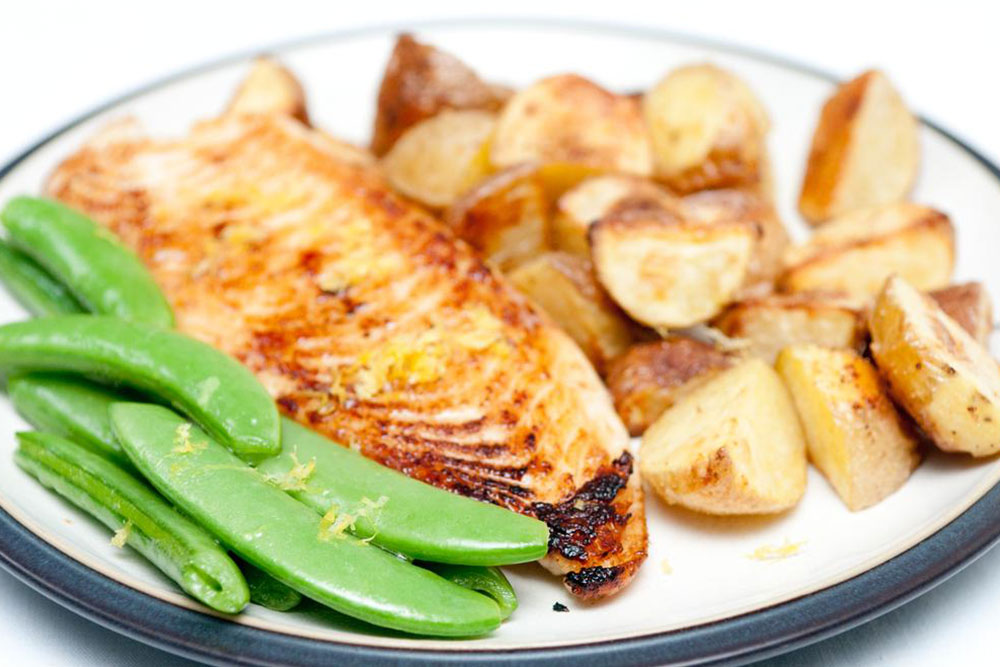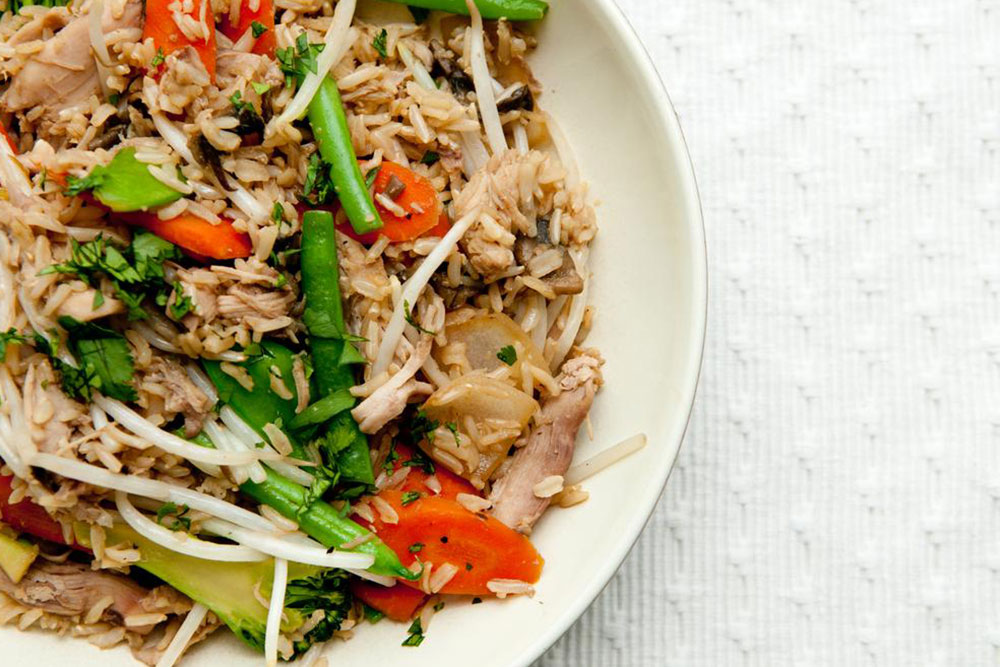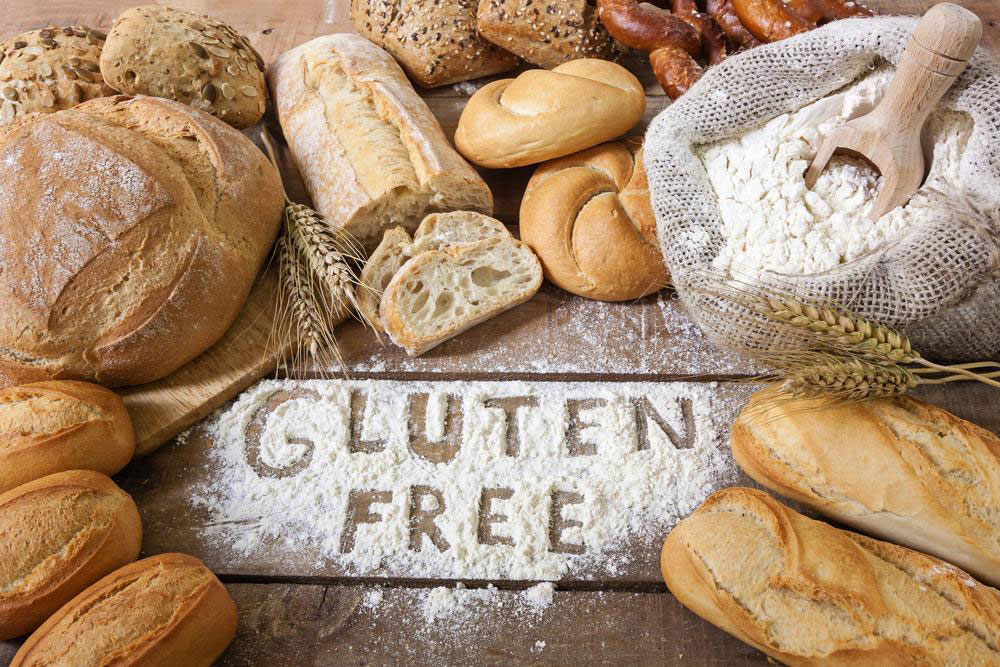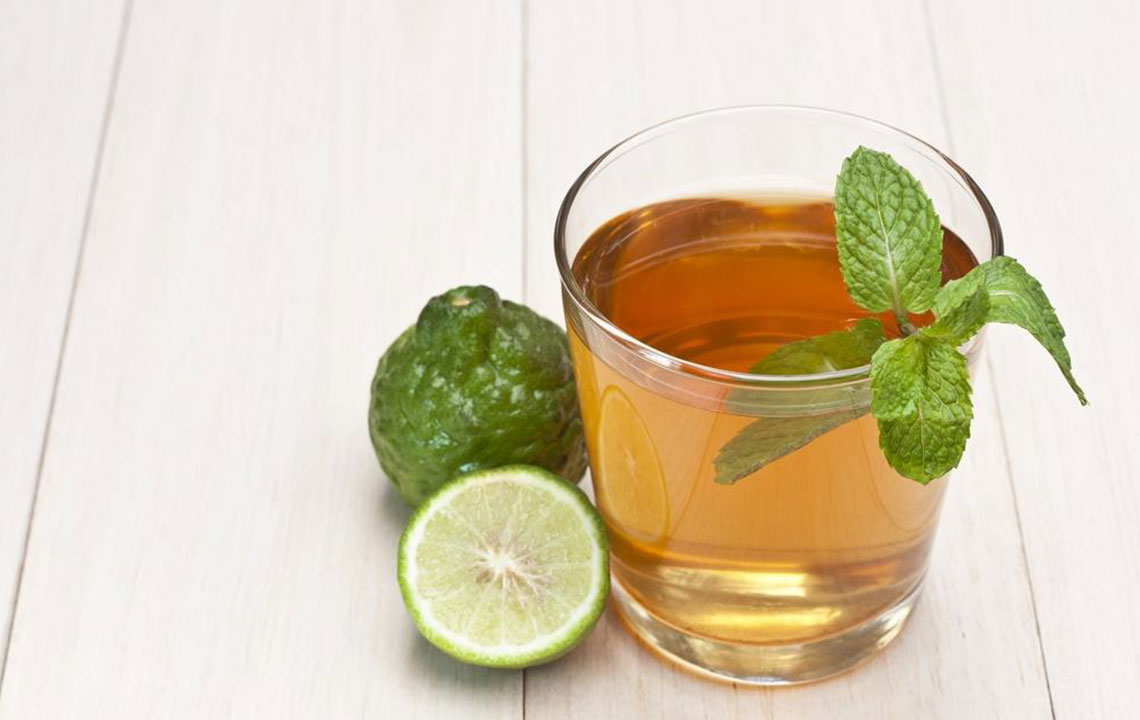Comprehensive Guide to Naturally Gluten-Free Foods for a Healthy Diet
Discover a comprehensive guide to naturally gluten-free foods, including fresh meats, seafood, fruits, vegetables, and grains. Learn how to identify safe options, avoid cross-contamination, and enjoy a nutritious, balanced gluten-free diet. Perfect for those with gluten sensitivity or celiac disease, this article provides expert tips for maintaining healthful eating habits while eliminating gluten from your daily meals.
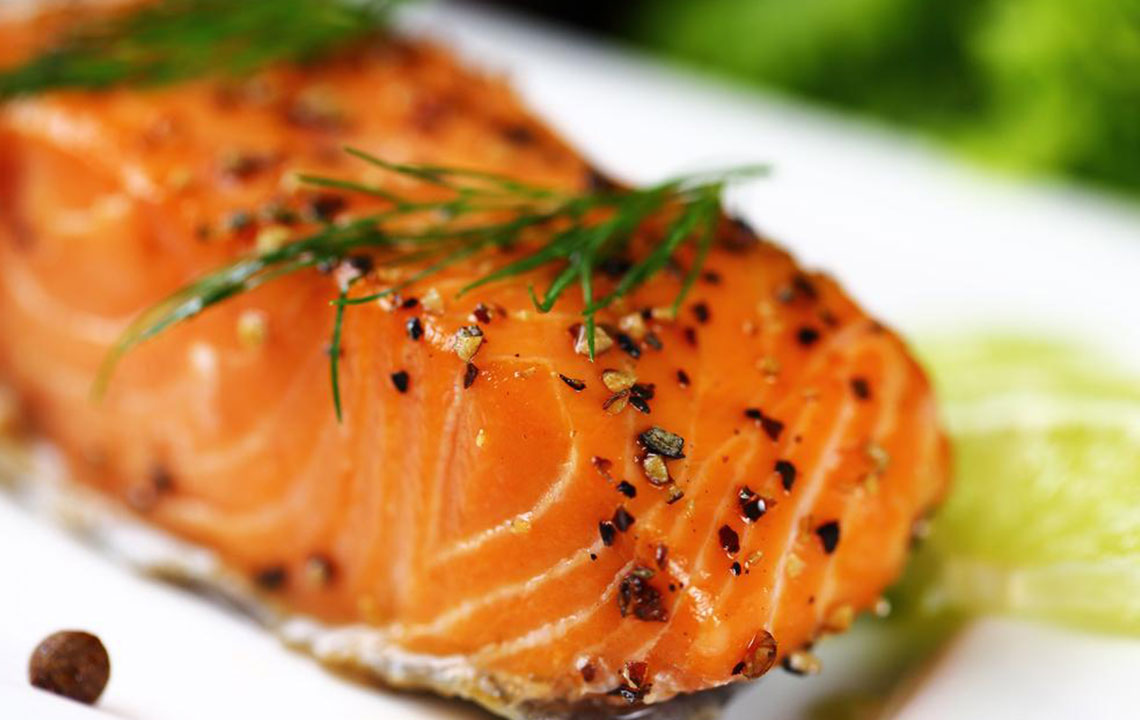
Comprehensive Guide to Naturally Gluten-Free Foods for a Healthy Diet
For those who are sensitive to gluten or have gluten intolerance, navigating daily diets can be challenging. Gluten, a protein found in wheat, barley, and rye, can trigger adverse reactions ranging from digestive discomfort to more severe health issues. Many individuals experience symptoms like bloating, diarrhea, headaches, fatigue, and neurological issues after consuming gluten. The key to managing these symptoms and maintaining a balanced diet lies in choosing foods that are naturally free from gluten. Fortunately, a wide variety of common foods occur naturally gluten-free, making it easier than ever to enjoy tasty, nutritious meals without risking exposure to gluten. This comprehensive guide provides detailed information on safe, naturally gluten-free foods you can incorporate into your daily diet to promote overall health and well-being.
Understanding Gluten and Its Hidden Sources
Before diving into the list of gluten-free foods, it’s essential to understand what gluten is and how it can inadvertently contaminate foods. Gluten is a mixture of proteins primarily found in wheat, barley, rye, and their derivatives. It gives dough its elasticity and contributes to the chewy texture of baked goods. Although many processed foods contain gluten as an additive or thickener, there are numerous naturally gluten-free options that are safe to consume in their unprocessed state.
Cross-contamination is a significant concern, especially during food preparation. Even naturally gluten-free foods like meats or vegetables can become contaminated during processing, seasoning, or cooking. Therefore, it’s crucial to select products labeled "gluten-free" and to pay careful attention to food handling practices in your kitchen or when dining out.
In-Depth Look at Naturally Gluten-Free Foods
1. Unprocessed Meats and Poultry
All unprocessed meats, including beef, chicken, lamb, pork, turkey, and game meats like venison, are inherently free of gluten. These foods are minimally processed and do not contain any wheat, barley, or rye components naturally. However, caution is advised with processed meats such as sausages, deli meats, or breaded products, which often contain gluten-based fillers, binders, or flavorings.
When purchasing fresh meat cuts, opt for items without seasoning or marinades to avoid hidden gluten sources. If you prefer seasoned meats, check ingredient labels carefully or prepare your own seasonings using gluten-free ingredients. Cooking methods like grilling, baking, or pan-frying are safe options, provided there is no gluten cross-contamination from utensils or surfaces.
2. Seafood: Fish and Shellfish
Most fish varieties—such as salmon, cod, tuna, halibut, and trout—are naturally gluten-free in their fresh state. Shellfish, including crab, shrimp, lobster, oysters, scallops, and eel, also fall into this category. These foods are safe to eat raw or cooked when unseasoned or prepared with gluten-free ingredients. However, be cautious with processed or pre-seasoned seafood products, which may contain gluten in marinades, breading, or sauces.
Seafood makes an excellent source of protein and omega-3 fatty acids, making it a healthy choice for a gluten-free diet. Always verify that seafood products are free of gluten-containing additives, especially when purchasing pre-packaged or cooked options.
3. Fresh Fruits
Nearly all fresh fruits are naturally gluten-free, making them a safe and delicious choice. Apples, bananas, cherries, strawberries, blueberries, raspberries, melons, mangoes, oranges, and grapes are among the many fruits you can enjoy without concern. Fresh fruits provide essential vitamins, fiber, and antioxidants, contributing to overall health.
While fresh fruits are safe, be cautious when choosing canned, dried, or processed fruits. Always check labels for any added ingredients such as flavorings, sweeteners, or preservatives that might contain gluten. It’s best to select products labeled "gluten-free" or opt for fresh, unpackaged fruits whenever possible.
4. Vegetables and Leafy Greens
Most vegetables are naturally gluten-free, including broccoli, carrots, spinach, kale, cucumbers, peppers, potatoes, sweet potatoes, cauliflower, and zucchini. Like fruits, these foods are rich in nutrients and fiber and contribute to a balanced diet.
Processed vegetables, such as frozen or canned varieties, should be checked carefully. Sometimes, additives or fillers contain gluten. Choose products labeled gluten-free, or prepare vegetables fresh at home to avoid cross-contamination. Cooking methods like steaming, roasting, sautéing, or boiling preserve their nutrients and flavor safely.
Whole Grains and Food Products
While many grains contain gluten, there are several gluten-free alternatives that are safe for consumption. When buying grains or flours, always look for those labeled "gluten-free" to ensure no cross-contamination occurred during processing.
**Rice**: White, brown, jasmine, and basmati rice are naturally gluten-free and serve as staples in many diets. They can be used for cooking, as a side dish, or in grain-based salads.
**Quinoa**: Although technically a seed, quinoa is a complete protein and gluten-free, making it an excellent substitute for grains in various recipes.
**Corn**: Cornmeal, polenta, and corn-based products like tortillas are naturally gluten-free. Always verify labels when purchasing processed corn products.
**Millet, Buckwheat, and Amaranth**: These pseudo-grains are gluten-free options that can be incorporated into baking, cereals, or as a side dish.
Tips for Maintaining a Gluten-Free Diet
Transitioning to a gluten-free lifestyle involves careful planning and awareness. Here are some tips to help you stay safe and enjoy a diverse, healthy diet:
Read labels diligently—look for "gluten-free" certification and avoid products with wheat, barley, rye, or their derivatives.
Cook at home as often as possible to control ingredients and prevent cross-contamination.
Use separate utensils, cutting boards, and toasters for gluten-free foods if you live with others who consume gluten.
Be vigilant when dining out—ask about ingredients, food preparation methods, and cross-contact prevention.
Consult with a healthcare professional or registered dietitian to develop a balanced and sustainable gluten-free eating plan.
Conclusion
Adopting a gluten-free diet doesn't mean sacrificing flavor or nutrition. By focusing on naturally gluten-free foods such as fresh meats, seafood, fruits, vegetables, and certain grains, you can enjoy a varied and healthful diet. Always verify product labels and practice safe food handling to avoid gluten contamination. With awareness and careful planning, maintaining a gluten-free lifestyle is accessible, delicious, and beneficial for your health.
